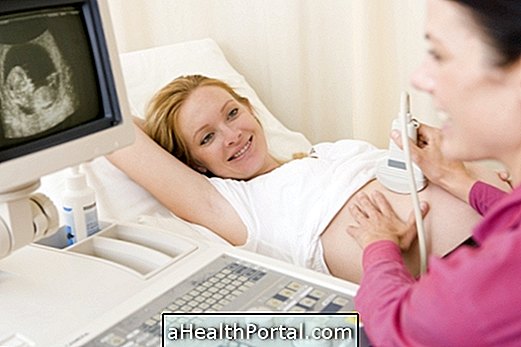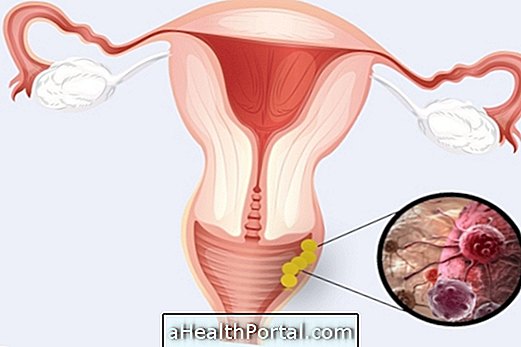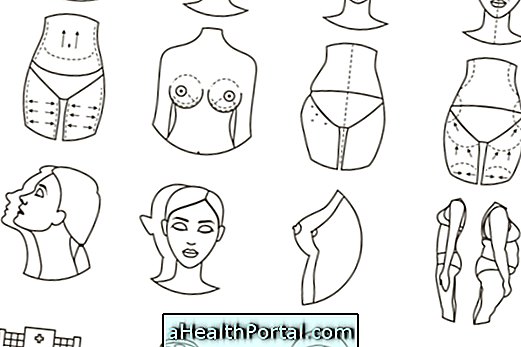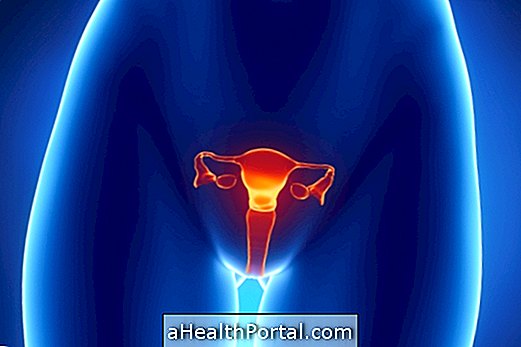The phases of normal labor occur as follows and include dilation of the cervix, expulsive period, and exit of the placenta.
Generally, labor begins spontaneously between 37 and 40 weeks of gestation and there are signs that the pregnant woman will go into labor, such as the mucus plug, which is the outlet of a liquid gelatinous, pinkish or brownish color by the vagina and the water pouch, which is when transparent amniotic fluid begins to flow. In addition, the pregnant woman begins to have irregular contractions , which intensify until they are regular and at intervals of 10 in 10 minutes. Learn how to identify contractions in: How to identify contractions.
So when the pregnant woman has these symptoms she should go to the hospital or maternity because the baby's birth is near.
1st Stage - Dilation: When the dilation begins
The first stage of labor is dilatation, characterized by dilatation of the cervix and birth canal, which is the place where the baby passes out, and can expand up to ten centimeters. This phase is divided into latent and active, and can take from 12 to 16 hours, during which time the woman may experience pain due to contractions, more and more regular and close.

What to do at this stage: At this stage the pregnant woman should go to the maternity hospital or hospital to have assistance from health professionals. To reduce pain the pregnant woman should inhale slowly and deeply during each contraction, as if she were smelling a flower and exhale as if she were putting out a candle. In addition, you can walk slowly or climb stairs, as it will help the fetus to position itself to leave and, if the woman is lying down, can turn to the left side, to facilitate a better oxygenation of the fetus and decrease the pain. Learn about other natural ways to induce labor in: Natural ways to induce labor.
2nd Phase - Expulsion: Birth
Follow-up of the active phase of labor is through the expulsion phase, where the cervix has already reached maximum dilatation and begins the phase of the expulsive period, which can take up to 2 hours. At that point, the woman should begin to force the descent of the fetal presentation. To facilitate birth, it may be necessary to make a small cut in the perineum, which is space between the vagina and the anus to facilitate the exit of the fetus. Learn more about normal birth in: Normal birth.

What to do at this stage: During this phase the woman should seek to help the health team and follow the instructions given to her. Thus, it is important that in each contraction, the pregnant woman takes a deep breath and then does not let the air out as she forces. Also, you should take advantage of the interval between two contractions to relax and regain strength.
Stage Three - Discharge: Placental Exit
The phase of the discharge is phase 3 of labor and occurs after the birth of the baby, characterized by the exit of the placenta, that can leave spontaneously or be withdrawn by the doctor. If the obstetrician performed the episiotomy or if there was bleeding lesion of the mucosa, the suture should be made.
What to do at this stage: If a cut has been made to facilitate the baby's birth, it is at this stage that the suture is made. In addition, it is important to massage the belly to help the placenta loosen from the uterus and exit more easily.
See too:
- Natural Forms to Induce Labor
- Signs of Labor and What to Do



















